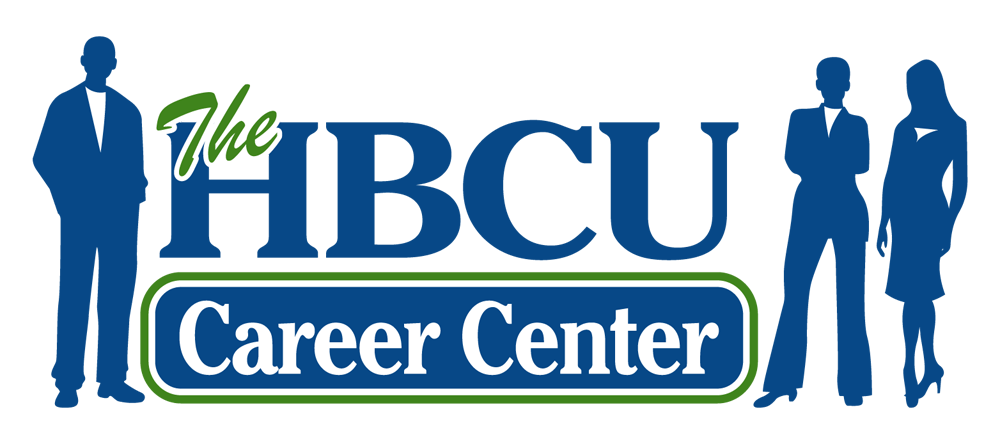Figuring Out Power Dynamics in a New Workplace
Photo by ANTONI SHKRABA from Pexels
So you made it through your first few months at a new job. You like the place and think you may want to stay. It might be time to start trying to learn about the political dynamics of your workplace and who the real leaders are.
Why would you want to do that? Essentially, you want to connect with people who could be mentors, sponsors or allies if you want to grow.
Who holds authority in the organization?
You know what the organizational chart says, but you also know that there are people who have influence beyond their roles.
Your colleagues may have power and influence decisions and processes for how things get done. Your have probably heard that jobseekers are warned all the time about treating administrative staff with respect because they could influence hiring decisions. Well this applies after being hired as well. That’s just one example. Understanding who the influential figures are in your workplace can help you succeed in your organization and industry at large.
Get a head start connecting with the influential leaders at your job by using these three methods.
1. Look beyond job titles
While it’s easy to assume that an organization's CEOs or founders have the most authority, know that there are plenty of “right hand” team members. These are people that the C-Level pros will turn to for advice and information.
These “right hand” pros might be hidden behind job titles. In many organizations, a person’s title is not always equivalent to their power or influence. Thus, it’s critical to find out which of your colleagues genuinely have impact the decision-making process at your job. Identifying these right-handlers and influencers is most essential.
2. Look for different bases of power
Leaders in your organization will demonstrate their authority in various ways. Social psychologists John French and Bertam Raven enumerated five types of power in leadership as: coercive, legitimate, expert, referent, and reward.
Here’s a breakdown of each kind of power and some examples so you know what to look for (via BetterUp):
Coercive Power - The least effective power, which entails intimidating people to complete a task or face repercussions like termination. Think carefully about getting close to this kind of power.
Legitimate Power - This is the type of power given to an individual based on their role in an organization. For example, your supervisor or a department manager may have this power because of their scope of responsibilities.
Expert Power - The employees here are often the subject matter experts in the organization . They have both the knowledge and expertise in a particular field. Source of this expert power could be education or tenure. This is the person who brings value because their expertise has value.
Referent Power - This power has the most significant influence, with an individual having excellent interpersonal skills and self-confidence that tends to gain the trust of colleagues. This is the leader who gets to champion ideas especially during changes.
Reward Power - This power comes from the ability to influence someone to complete a task by promising a reward. Pretty much, this is the carrot and stick approach to leadership.
It will take time for you to observe and assess your colleagues before labeling them with one of the powers listed above. Keep in mind that people could modify their roles based on the situation. Once you better understand which powers they possess, it’ll become easier to navigate your workplace because you will better learn who could be influential depending on the situation.
3. Seek to develop relationships with colleagues who hold power
Now that you know a little more about what to look for, your first step might be to test what you think you know. There are people with power who don’t show their hand. Why? Few reasons:
A) They can spot people who want to use them.
B) They don’t want to squander their reputation on people they don’t know.
So, take advantage of opportunities to network, engage in conversations, share your opinions during meetings, join affinity groups and be willing to offer assistance when you get the opportunity. Remember that a key to getting more out of work relationships is giving more to these work relationships. The bottomline is to be authentic and connect around things you really care about.

